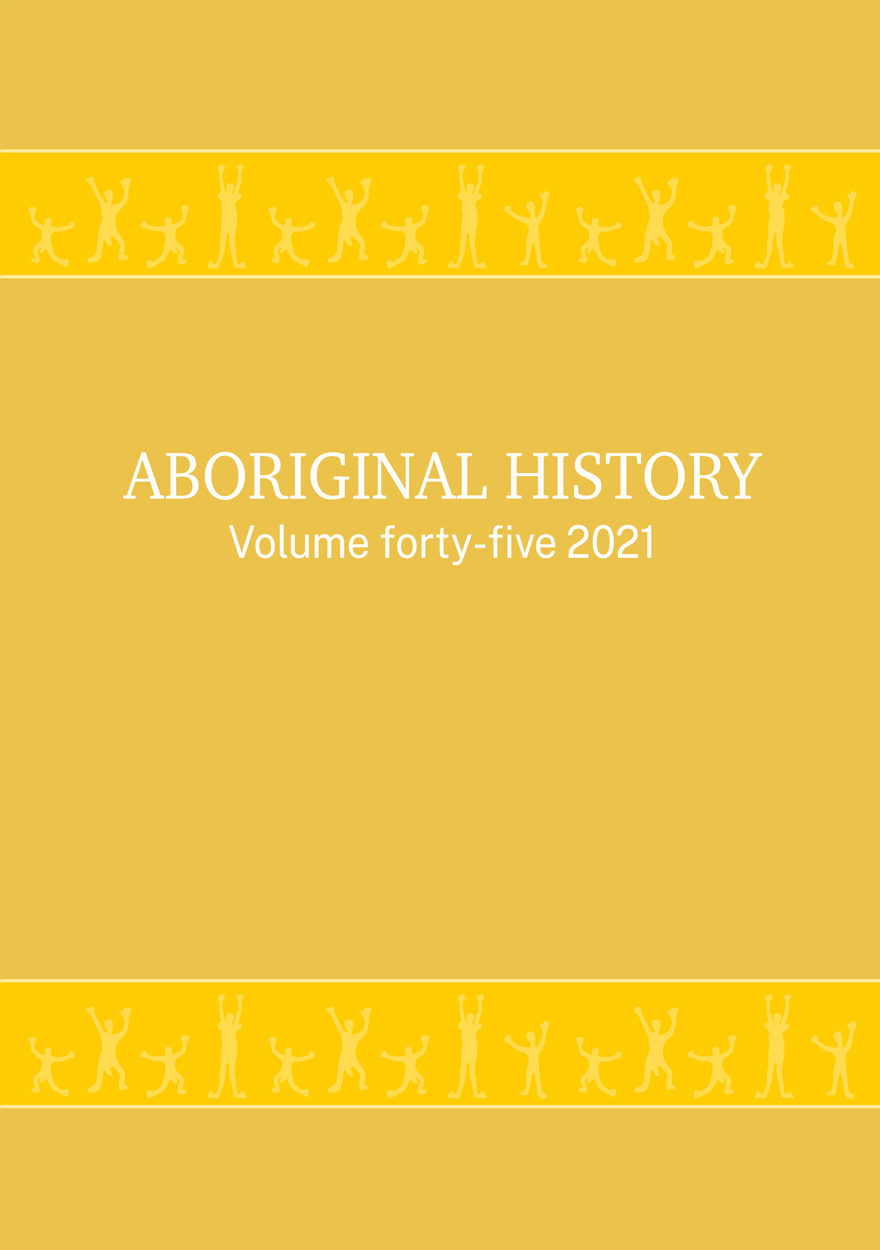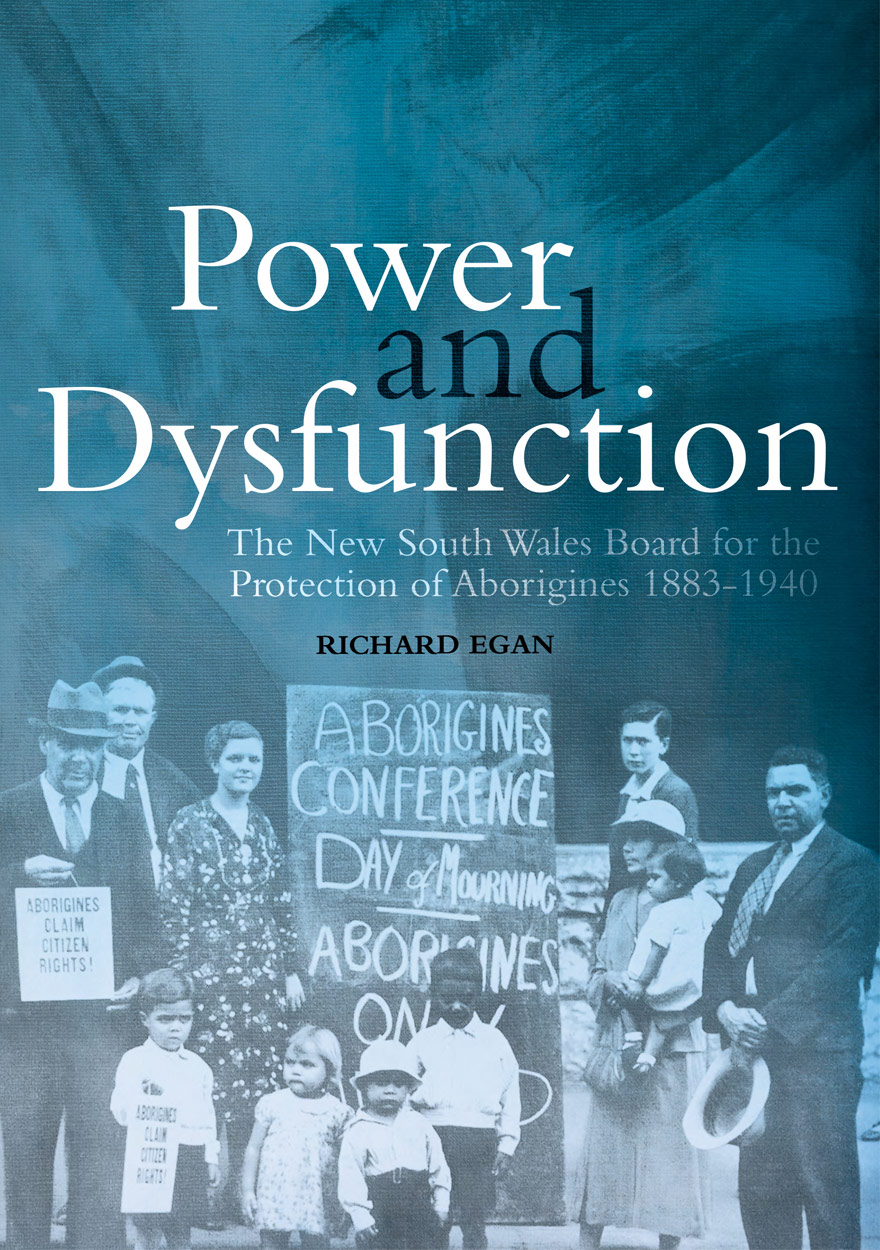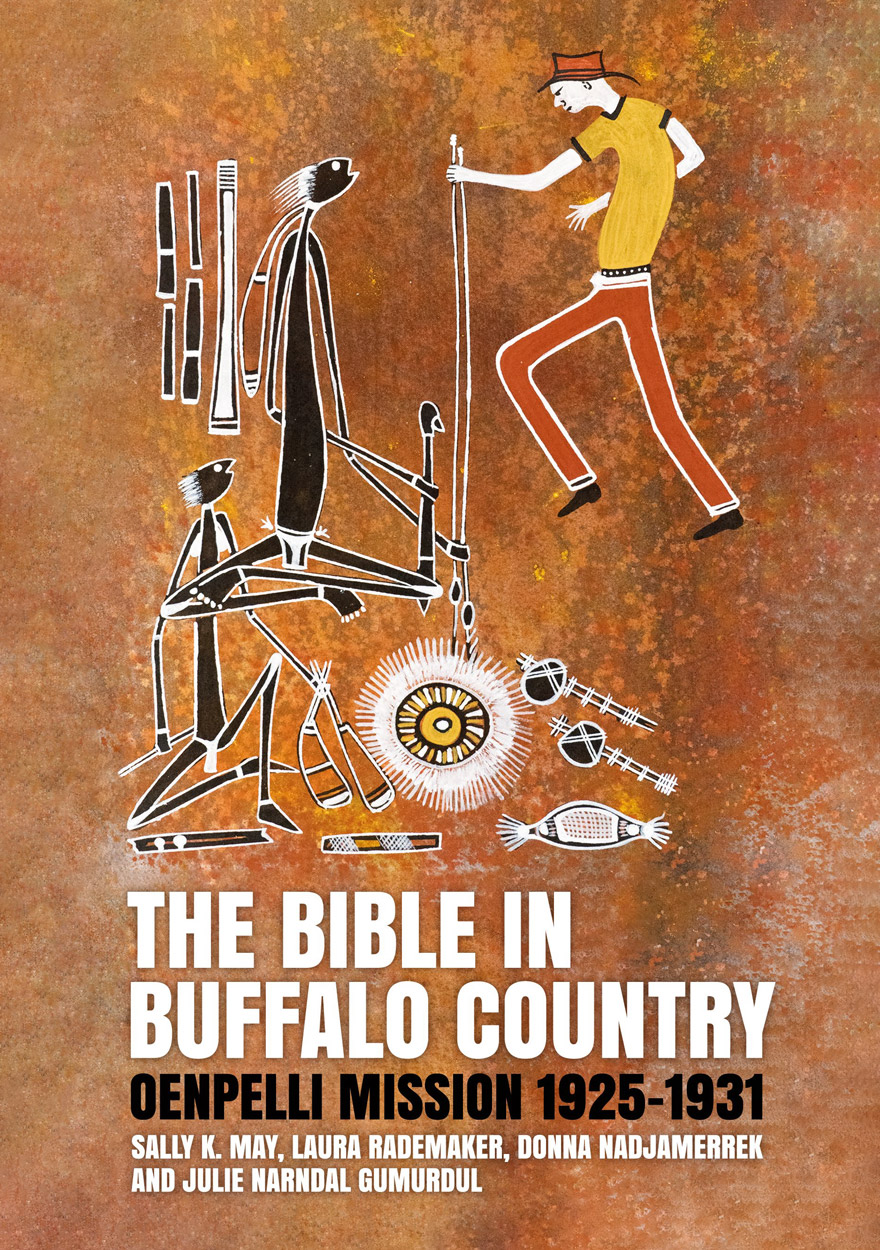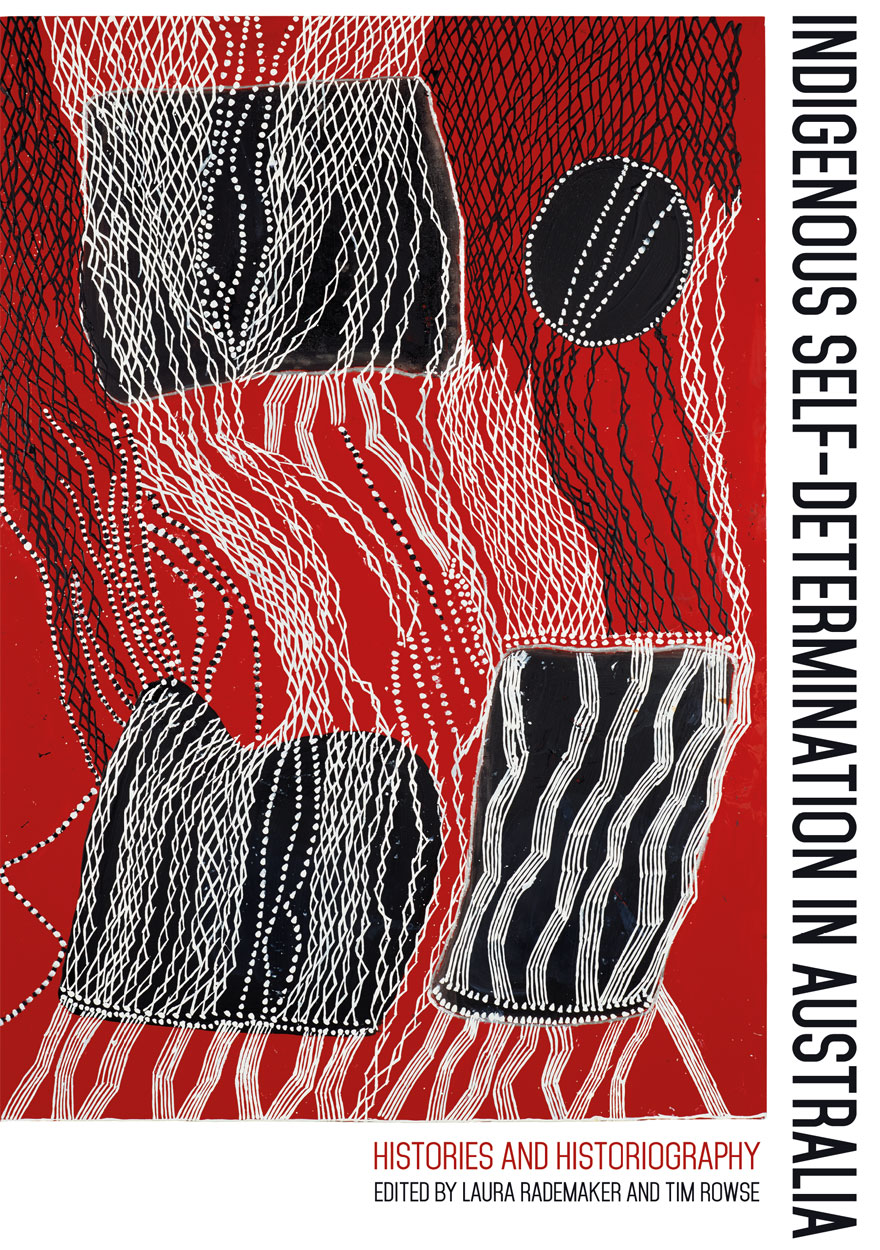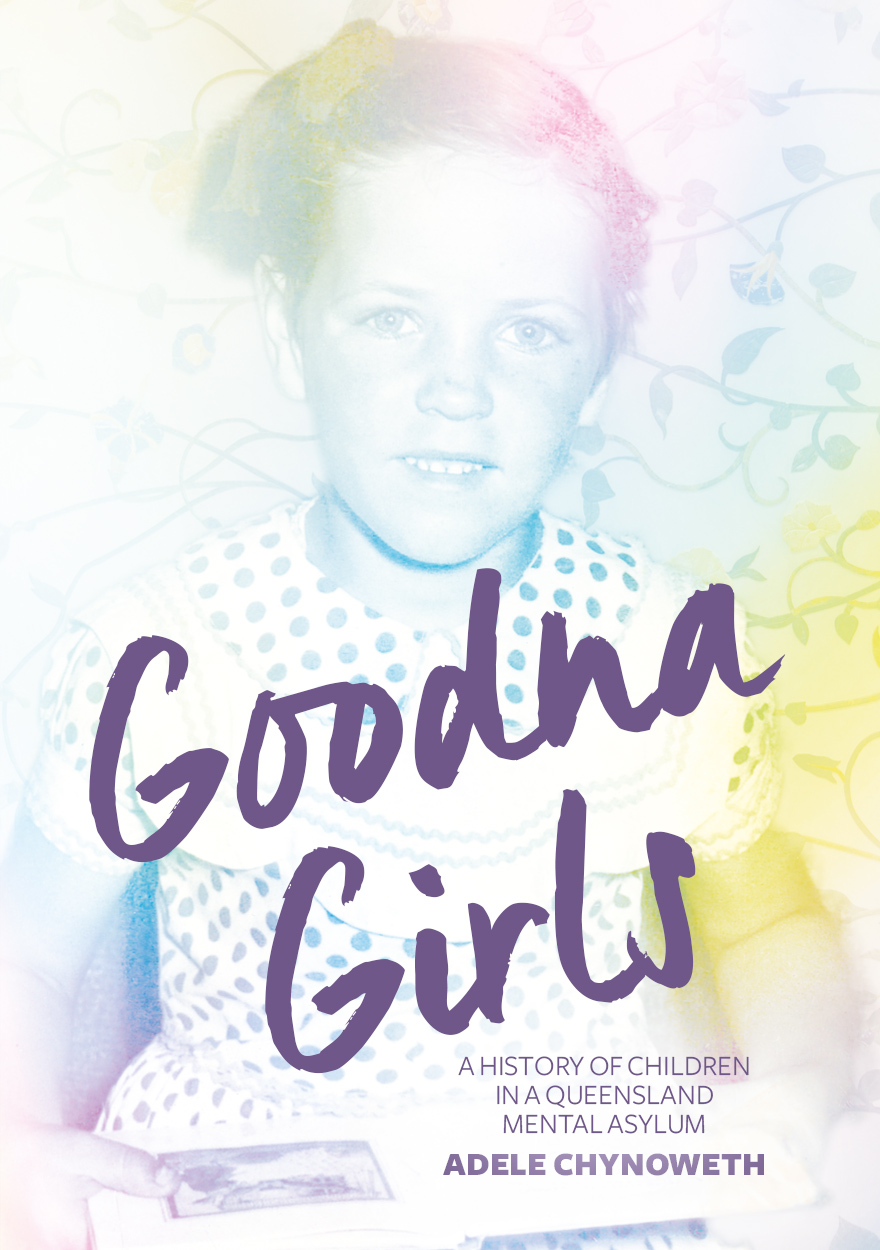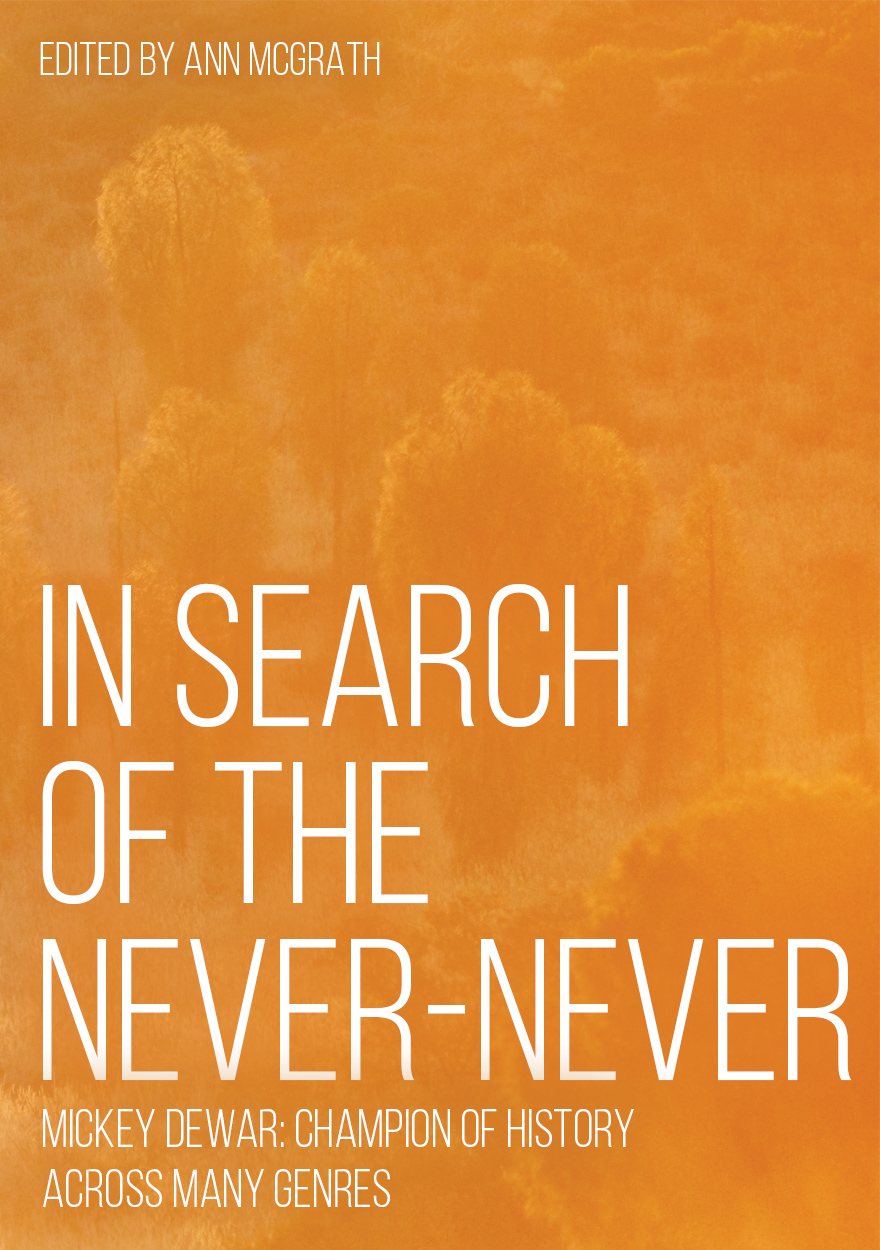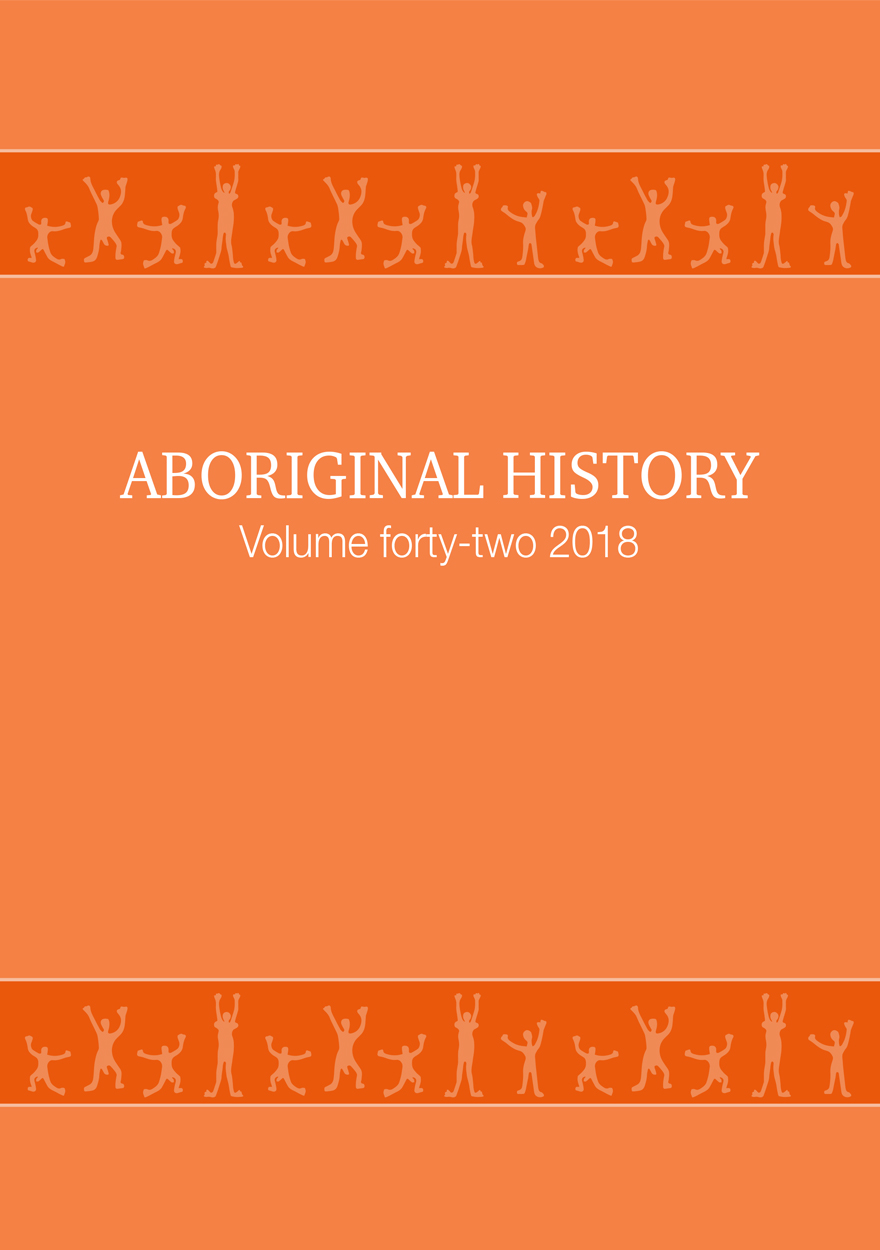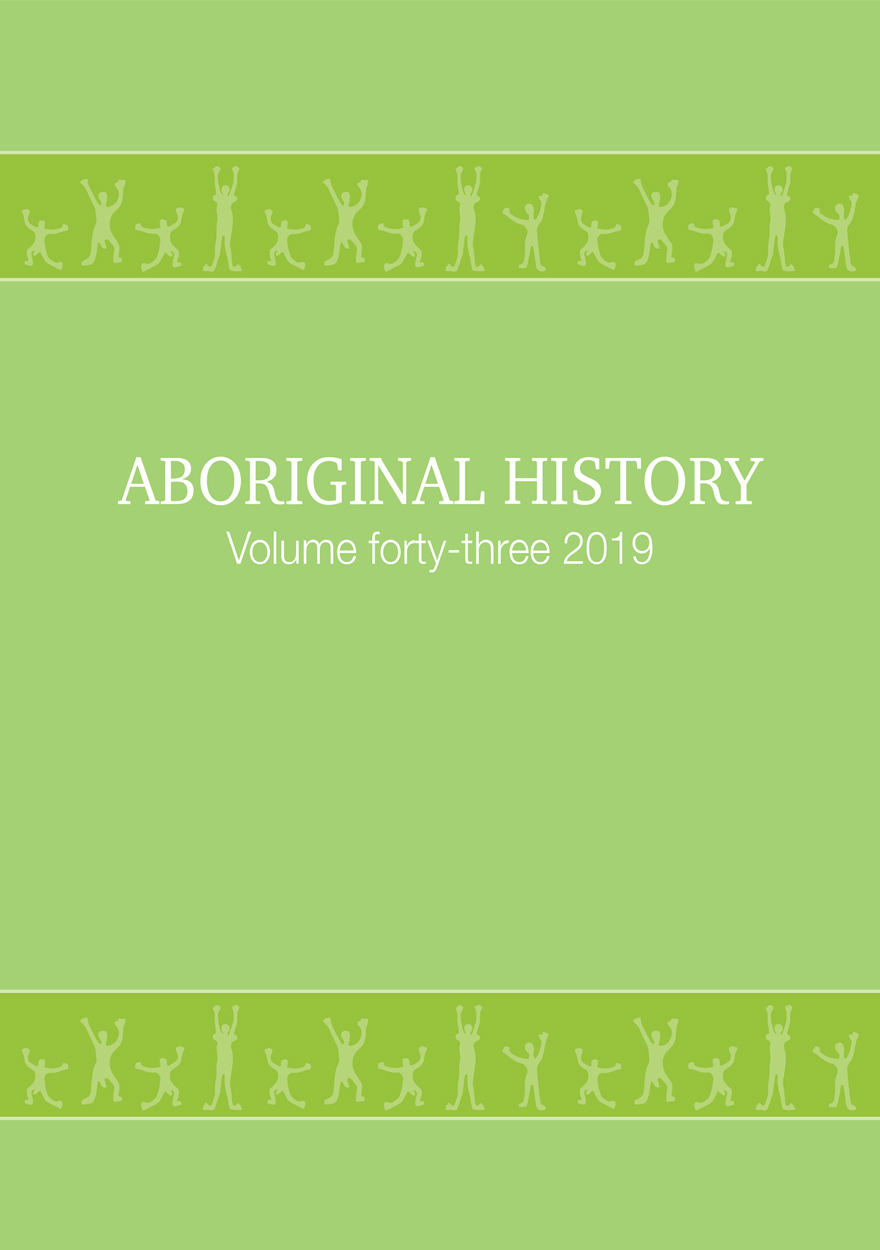
Aboriginal History Journal: Volume 43
Edited by: Ingereth MacfarlanePlease read Conditions of use before downloading the formats.
Description
Volume 43 opens with an unexpectedly timely essay. Tom Gara’s study of the influenza epidemic that reached Australia in 1919 expands consideration of its global effects to include the poorly documented impacts on Aboriginal people in South Australia. The study was written and finalised to mark the centenary, prior to the advent of the 2020 Coronavirus pandemic. In this dramatically altered context, Gara’s evidence becomes significantly comparative as well as an account of an under-researched aspect of past infectious disease spread.
Annemarie McLaren’s article poses questions about the differing assumptions Aboriginal men and colonists made about their earliest travels together in country around Sydney Cove in 1791. McLaren interrogates Watkin Tench’s and John Hunter’s accounts of their joint travels with Colebee and Balloderry to explore how ‘guiding’ relationships first developed between Aboriginal people and expeditionary parties in New South Wales.
Grace Karskens’ conversation with Mark McKenna about her engagement with the story of Nah Doong, a nineteenth-century Aboriginal woman living in colonial Penrith, NSW, offers ‘a masterclass in how to write history’. Careful reading against the grain brings Nah Doong’s experience alive in a rare, fleshed-out biographical picture of an individual woman.
‘Big John Dodo’ (c. 1910–2003) is respected as a ceremonial and cultural leader for Karajarri country, south of Broome, WA. Darren Jorgensen draws on family and personal interviews to re-position John Dodo Nangkiriny’s ‘transitional’ art forms, which do not emulate pre-colonial or contemporary forms and are produced with new materials.
Beth Marsden provides a close reading of the campaign to resist construction of a ‘transit village’ in Morwell, Victoria, in the 1960s, illuminating various strands of assimilationist policy as well as multilayered political and grassroots resistance.
Tim Rowse and Barry Leithhead re-examine the underlying assumptions held by Dr Cecil Cook in his career as a Northern Territory administrator and commentator (1925–69). Demonstrating the relationship between racial thought and liberalism in Cook’s policies and advocacy, they argue that Cook’s common function as a shorthand for ‘ideologies, policies and practices of government that seem at best misguided and at worst cruel and racist’ needs re-evaluation.
In addition to a wide range of book reviews, this volume also has a review of the important Songlines: Tracking the Seven Sisters exhibition.
Details
- ISSN (print):
- 0314-8769
- ISSN (online):
- 1837-9389
- Publication date:
- Dec 2020
- Imprint:
- ANU Press
- DOI:
- http://doi.org/10.22459/AH.43.2019
- Journal:
- Aboriginal History Journal
- Co-publisher:
- Aboriginal History
- Disciplines:
- Arts & Humanities: History; Social Sciences: Indigenous Studies
- Countries:
- Australia
PDF Chapters
Aboriginal History Journal: Volume 43 »
Please read Conditions of use before downloading the formats.
If your web browser doesn't automatically open these files, please download a PDF reader application such as the free Adobe Acrobat Reader.
To copy a chapter DOI link, right-click (on a PC) or control+click (on a Mac) and then select ‘Copy link location’.
Articles
- The 1918–19 Influenza pandemic and its impact on Aboriginal people in South Australia (PDF, 0.8MB) – Tom Gara doi
- No fish, no house, no melons: The earliest Aboriginal guides in colonial New South Wales (PDF, 0.3MB) – Annemarie McLaren doi
- Nah Doongh’s Song: Grace Karskens and Mark McKenna in conversation (PDF, 1.7MB) – Grace Karskens and Mark McKenna doi
- Big John Dodo and Karajarri histories (PDF, 1.0MB) – Darren Jorgensen doi
- ‘What’s this about a new mission?’: Assimilation, resistance and the Morwell transit village (PDF, 0.7MB) – Beth Marsden doi
- ‘The ordered behaviour of the individual himself’: Cecil Cook’s biological politics (PDF, 0.3MB) – Tim Rowse and Barry Leithhead doi
Exhibition review
- ‘Songlines: Tracking the Seven Sisters’ exhibition National Museum of Australia, Canberra (PDF, 0.2MB) – Reviewed by Shannyn Palmer
Book reviews
- The Sydney Wars: Conflict in the Early Colony 1788–1817 by Stephen Gapps (PDF, 0.1MB)
- Gillen’s Modest Record: His Journal of the Spencer-Gillen Anthropological Expedition across Australia, 1901–02 edited by Philip Jones (PDF, 0.1MB)
- Aboriginal Biocultural Knowledge in South-eastern Australia: Perspectives of Early Colonists by Fred Cahir, Ian D. Clark and Philip A. Clarke and Australia’s First Naturalists: Indigenous Peoples’ Contribution to Early Zoology by Penny Olsen and Lynette Russell (PDF, 0.1MB)
- The Pilbara Aboriginal Strike by Bain Attwood and Anne Scrimgeour (PDF, 0.1MB)
- Remembering the Myall Creek Massacre edited by Jane Lydon and Lyndall Ryan (PDF, 0.1MB)
- Conflict, Adaptation, Transformation: Richard Broome and the Practice of Aboriginal History edited by Ben Silverstein (PDF, 0.1MB)
- Deep Time Dreaming: Uncovering Ancient Australia by Billy Griffiths (PDF, 0.1MB)
- Etched in Bone directed by Martin Thomas and Béatrice Bijon (PDF, 0.1MB)
- Recirculating Songs: Revitalising the Singing Practices of Indigenous Australia edited by Jim Wafer and Myfany Turpin (PDF, 0.1MB)
- Gugu Badhun: People of the Valley of Lagoons by Yvonne Cadet-James, Robert Andrew James, Sue McGinty and Russell McGregor (PDF, 0.1MB)
Other publications that may interest you




